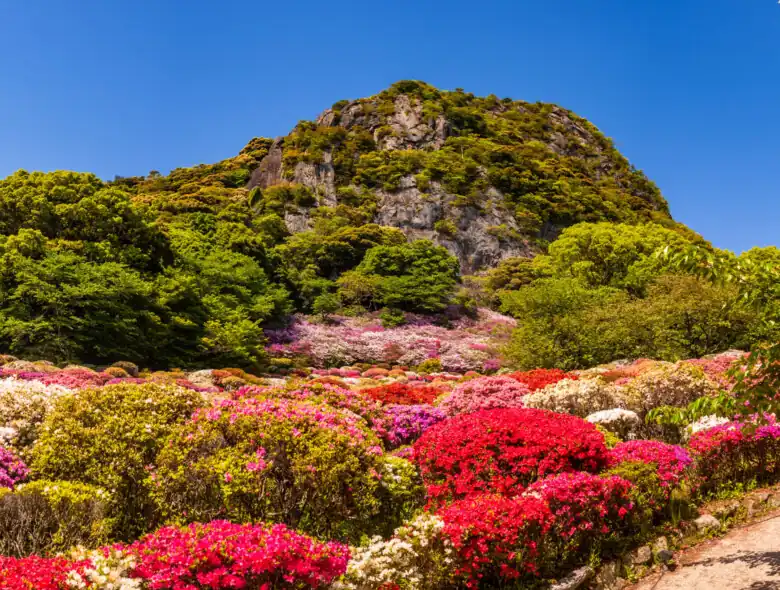Saga Prefecture, previously known as Hizen Province, is located in Kyushu, Japan’s southernmost island. The prefecture borders Fukuoka Prefecture to the northeast and Nagasaki Prefecture to the Southwest.
Saga Prefecture is comprised of 10 cities with its capital being Saga City. Other major cities include Imari, Karatsu, and Tosu; and as of June 2023, the prefecture has a population of 795,378.
Famed for its production of ceramics and porcelain, particularly in the cities of Arita, Imari, and Karatsu, Saga Prefecture is also home to one of Japan’s three biggest inari shrines – Yutoku Inari Shrine. If this destination is on your bucket list and your curiosity about this western region of Japan has been piqued, read on. You can also visit the prefecture’s official webpage.
If you’re interested in living in the Kyushu area or perhaps even Saga Prefecture itself, check out Village House! We have over 1,000 affordable rental properties across Japan’s 47 prefectures.
Yutoku Inari Shrine
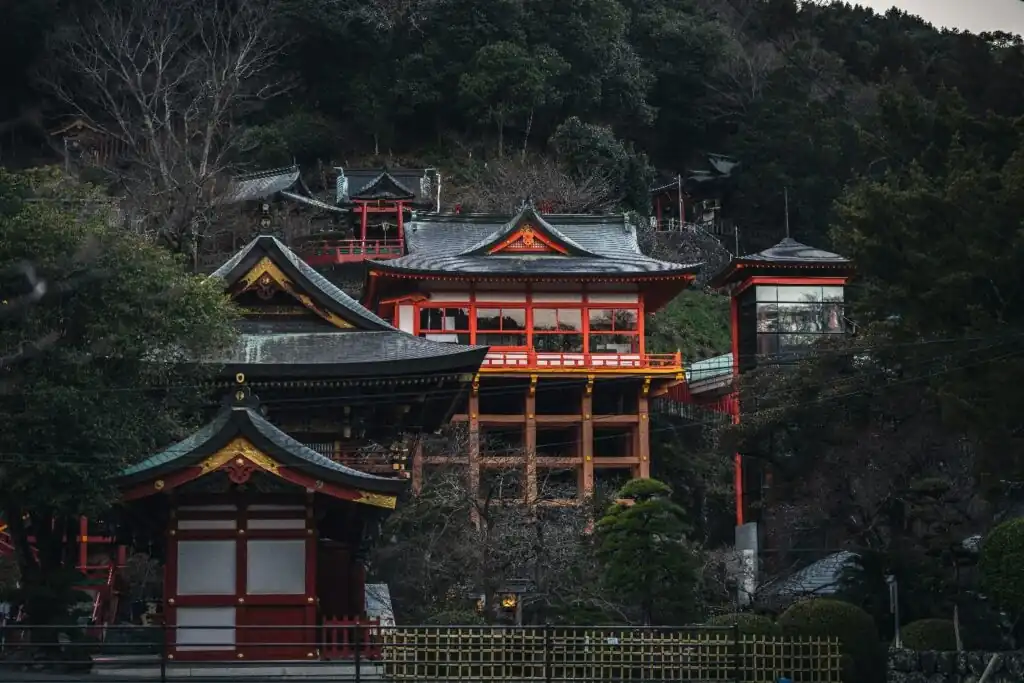
Listed as one of three of Japan’s biggest inari shrines, Yutoku Inari Shrine is located in Kashima City. The shrine was built in 1687 into the steep hillside of a valley at the behest of Kazanin Manko-hime, who was the wife of Lord Nabeshima Naotomo. Naotomo was the ruler of Hizen Kashima at the time. Its main hall stands on tall wooden beams 18 meters above the valley floors.
Also locally known as the Nikko Tosho-gu Shrine in Kyushu, its deity is Inari Okami, who is known as the Guardian of Food, Clothing, Shelter, and Everyday Matters. Other enshrined deities that can be found here include:
- Omiyanome-no-Okami, who assists worshippers and pilgrims in mastering arts and crafts, and offering peace and happiness
- Sarutahiko-no-Okami, God for Safe Navigation and Traffic Safety
More information on its history and deities can be found on the shrine’s official website.
The shrine sees over 3 million visitors annually, many of whom come to pray for good business, good fortune, a generous catch, traffic safety and navigation, etc. Getting to the shrine requires an hour bus ride from JR Saga Station or a 10-minute bus ride from Hizen-Kashima Station. Bear in mind that at the time of writing, buses from Hizen-Kashima Station are limited to 1 bus service per hour. More information can be found here.
Aside from the shrine itself, visitors can take a stroll in the Japanese Garden, famous for peonies, and learn more about the shrine and surrounding area in the Yutoku Museum. There is a ¥200 admission fee for the garden, which opens from 09:00 ~ 16:30, and a ¥300 admission fee for the museum, which also opens from 09:00 ~ 16:30. More information about the Japanese garden can be found here, and information about the museum can be found here.
Yoshinogari Historical Park
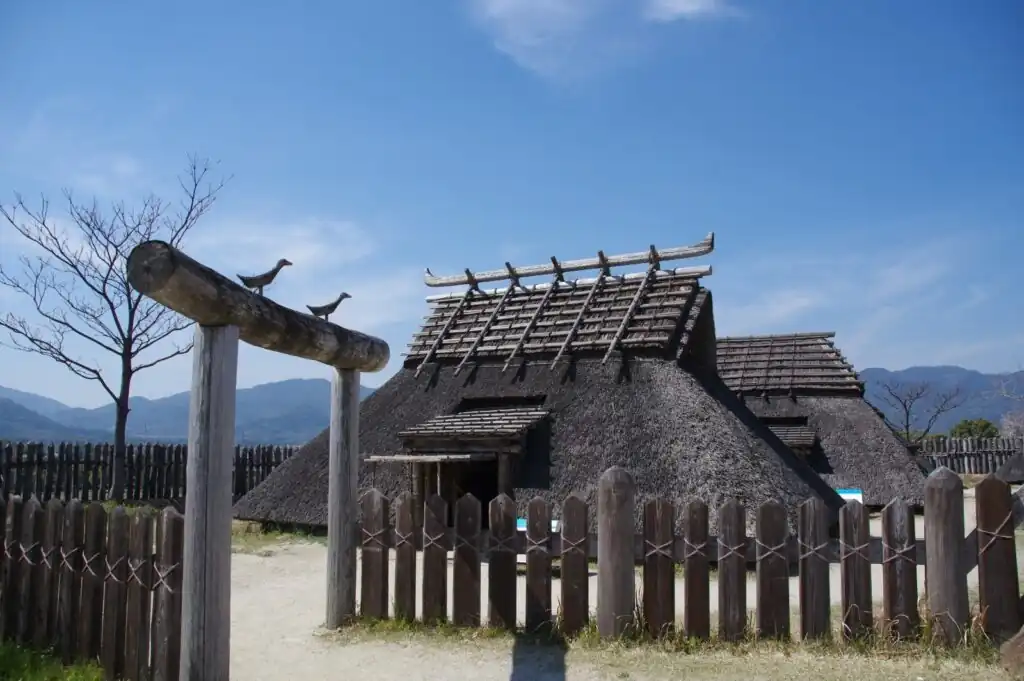
An open-air museum that opened to the public on April 21st, 2001, Yoshinogari Historical Park was built to allow visitors to experience life in the ancient Yayoi Period of Japanese history.
The area the park was built on was the site of one of Japan’s largest moat-encircled villages dating from the Yayoi Period of 300 B.C. to 300 A.D. Initially slated for an industrial project, Yoshinogari Hills and its surrounding area saw construction being suspended when ruins and relics of this village were unearthed; and in 1986, the area was meticulously and carefully studied to determine its cultural importance. You can learn more about the ruins on the park’s official website.
In 1992 the area was designated as a National Historical Park and its surrounding area was declared to be a Saga Prefectural Park. The village was painstakingly reconstructed and officially opened to the public in April 2001. As of 2009, the park measures 73.7 hectares and offers visitors an interactive experience with unique exhibitions and workshops such as firemaking, earthen flute making, and stone pendant making. A more detailed overview of the park can be found here.
Getting to the park is fairly simple – it’s a 15-minute walk from JR Kanzaki or JR Yoshinogari Koen Stations. Alternatively, there are buses you can use from Yoshinogari ISEKI MAE stop or Tade stop. You can plan your route here. More information on how to get to the park can be found here.
The park’s opening hours vary depending on the time of year:
- April 1st to May 31st – 09:00 ~ 17:00
- June 1st to August 1st – 09:00 ~ 18:00
- September 1st to March 31st – 09:00 ~ 17:00
The price of admission is ¥460 for adults and ¥200 for the elderly. Children under the age of 15 can visit the park for free. If you happen to live nearby, there is the option of an annual pass, which is ¥4,600 for adults and ¥2000 for the elderly. Visit the park’s official website for more information on the park’s opening hours, closing dates, admission fees, parking rates, wheelchair and stroller rentals, etc.
Karatsu Castle
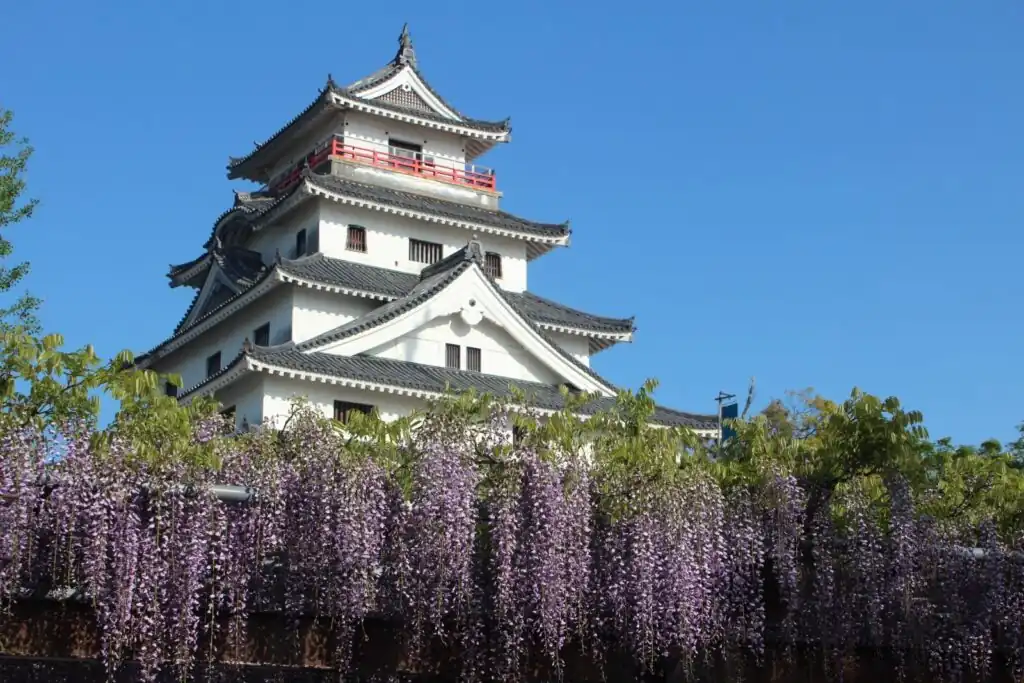
Karatsu Castle is, as its name suggests, located in Karatsu City, and is unique in that it is known as a hirayamajiro, which roughly translates to a castle built on a plain instead of a hill or mountain. Standing beside Karatsu Bay, its uniqueness among other Japanese castles resides in its stonework rising directly out of the water, resulting in the castle using the ocean itself as a natural moat.
Once the home of the Ogasawara Clan, daimyo of Karatsu Domain, Karatsu Castle is also affectionately known as Maizuru Castle or Dancing Crane Castle because its structure resembles that of the head of a crane. Construction of the castle began in 1602 and was completed in 1609 by the Lord of Karatsu, Terasawa Shimanokami Hirotaka, who commissioned the project in 1595. A more comprehensive history of the castle can be found on its official website.
Better yet why not take a trip down to Karatsu to see the castle in all its glory yourself? The castle is a mere 15-minute walk from JR Karatsu Castle and is open from 09:00 to 17:00 daily, closing only on December 29th, 30th, and 31st. Entrance to the castle costs ¥500 for adults and ¥250 for elementary and junior high school students. More information can be found here.
Aside from the castle and castle grounds itself, which are lined with cherry blossom trees and wisteria blooms in spring, there are permanent exhibits for visitors to enjoy including the Exhibition of Kogaratsu and Karatsu-ware. You can learn more about what exhibits are available here. There is also a souvenir shop for those wanting to commemorate their visit with a gift.
Mifuneyama Rakuen

Florists and anthophiles alike may rejoice in the knowledge that Mifuneyama Rakuen, located in Takeo City, is a 500,000 square meter garden and park full to bursting with flowers and trees that change color depending on the season. You can see picture highlights of what the garden and surrounding area look like here.
Sitting at the foot of Mt. Mifune, Mifuneyama Rakuen was created by Nabeshima Shigeyoshi, the 28th feudal lord of Takeo. Construction of the garden began in 1842 and was completed in 1845, and today, it is a Registered Japanese Monument. You can learn more about the garden’s history on its official website.
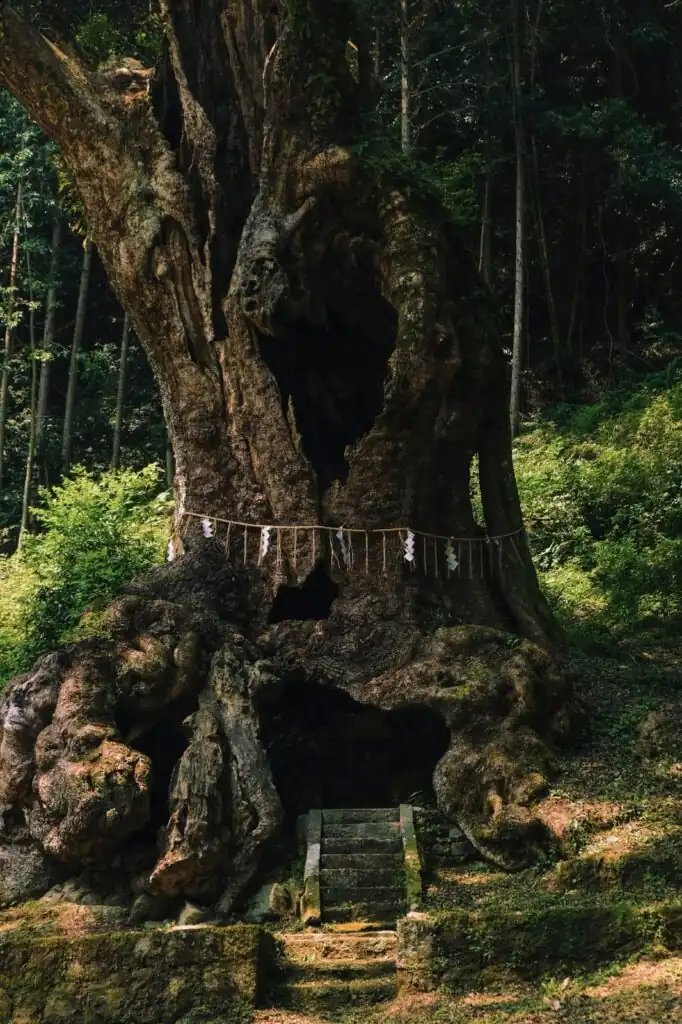
Aside from the sprawling gardens with its 5,000 cherry blossom trees and 50,000 azaleas, the park also comprised of a teahouse, statues depicting the 500 disciples of Buddha, and Japan’s seventh-largest camphor tree that is over 3,000 years old. The sacred Okusu tree of Takeo Shrine sits on the borderline of the park.
Visitors to the garden can take the train to Takeo-Onsen Station and then walk 25 minutes or take a 5-minute bus ride. More information can be found here.
Entrance fees to the garden vary depending on season but generally start at around ¥600 for adults and ¥350 for elementary school students. Guests staying at Onyado Chikurintei Ryokan or Mifuneyama Rakuen Hotel can visit the gardens for free.
The gardens are open daily from 08:00 to 18:30, and evening hours are from 18:30 to 22:00.
Arita Porcelain Park
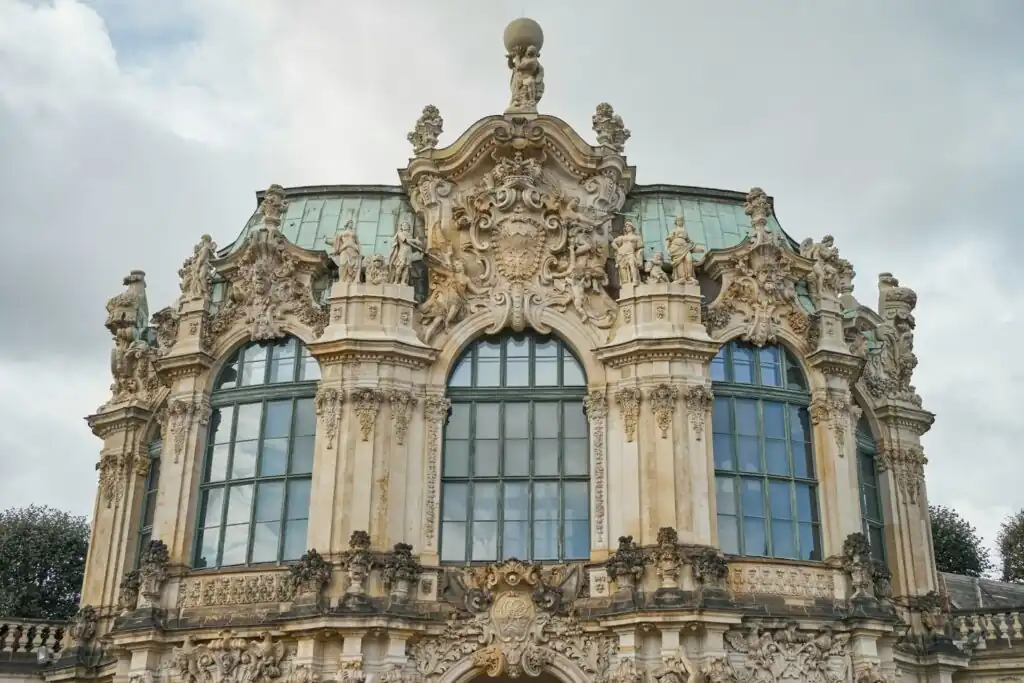
Looking for a slice of Europe? Look no further than Arita Porcelain Park, a full-sized reconstruction of Dresden’s Zwinger Palace in Germany. Found in Saga Prefecture’s Arita town, the park opened to the public on April 18th, 1993, a symbol of the ties between Arita and its sister city, Dresden, which date back to 1970 when the citizens of Arita learned that the Dresden Museum housed a substantial number of Arita porcelains in the Ko-Imari and Kakiemon styles. The pieces were imported to Dresden by the Dutch East India Trading Company in the 17th century.
Dresden and Arita officially became sister cities in 1979 when the exhibits were returned to Japan and showcased at the Ko-Imari Homecoming Exhibition held at the Fukuoka Exposition. More information on the park and its origins can be found on its official website.
Now, visitors can marvel at a breathtaking example of early 18th-century German baroque architecture without even leaving Japan at Arita Porcelain Park. While there, visitors can also experience pottery making at Arita Pottery Studio, stroll European-style gardens, visit climbing kilns, book a tour of the sake brewery, and so on. More information on workshops and available activities can be found here.
To get to Arita Porcelain Park, take the train to Arita Station. From there it’s a 10-minute taxi or car ride to the park grounds. The park is open from 09:00 to 17:00 (different operating hours apply to different facilities) year-round, and admission to the grounds is free.
Check out our other prefecture guides:
- Exploring Kagawa – Japan’s Quiet Paradise of Art and Culture
- Shimane Prefecture: A Journey Through History, Spirituality, and Scenic Beauty
- Your Guide to Fukui Prefecture: 5 Must-See Travel Destinations
- Your Guide to Fukui Prefecture Part 2: Even More Must-See Destinations
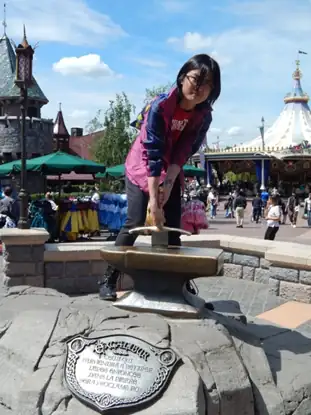
Freelance writer with over 2 years of experience writing for the Village House Blog, ESL teacher, and digital nomad who has lived in countries including The Czech Republic, The UK, The U.A.E., Japan, and most recently, Georgia. Is constantly on the hunt for the best, most optimal apartment for remote work when not enjoying going to film festivals, concerts, and the theater.


